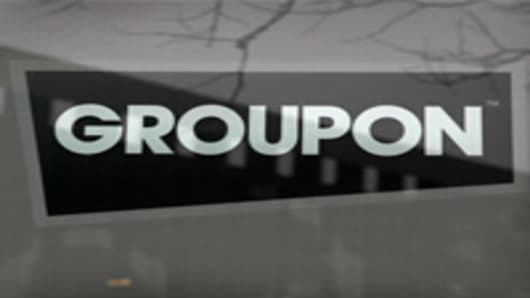Mr. Sclavounos didn’t see how SaveLocal would solve his problem. He has a mailing list of about 100 people, and he already sends out promotions to those customers on his own. He admitted he could do a better job of building the list, but he thinks he’s already getting good word of mouth from his established customer base.
To get the word out, Mr. Sclavounos tried a LivingSocial deal in February, selling some 279 vouchers that offered $20 worth of food for $10. So far, the fears small businesses express about these deals have not materialized for him. He wasn’t overwhelmed with a flood of redemptions — after three weeks, about 15 percent of the deal buyers had redeemed them — although he worries he might get a rush close to the coupon’s expiration at the end of June. He also says he is not losing much money on the people who redeem the coupons. Even though they are for half-off, and LivingSocial takes nearly half of the money paid for the coupon, most customers have ordered enough extra items to make it at least close to a break-even proposition.
Even better, he said, most of the coupon-redeemers have been new faces. Will they turn into repeat customers? He says business is definitely up, but it’s hard to say how much of the uptick is because of the promotion and how much to a seasonal swell — unlike SaveLocal, LivingSocial and Groupon do not provide a means to identify new customers brought in by the coupon and to follow up with them. On the whole, Mr. Sclavounos is cautiously optimistic. “I really don’t have anything to compare the results to yet,” he said. “But I’m seeing more of those new faces, and I’m hoping I’ll see more.”
Robert Clark, who owns the Urban Escape Day Spa in Golden, Colo., made a different choice. Founded five years ago, Urban Escape grew quickly to nearly $700,000 in annual sales after three years and took on 14 employees, but Mr. Clark said sales have leveled off in the past two years. That’s largely because the business is seasonal and weekend-heavy, which means that rooms are often empty midweek and off-season — but overbooked the rest of the time. To address the overbooking, Urban Escape is moving into a larger space this month, but that will create more pressure to fill rooms during off times. And that led Mr. Clark to consider a daily deal.
He wasn’t encouraged, however, by what he heard about Groupon and LivingSocial. “The buzz in our industry is, don’t go there,” he said. “You don’t have control to limit the number of vouchers, or when they can be redeemed, and you can end up selling more business than you can handle.” The percentage of new customers brought in by these deals who come back a second time is down into the teens, he was told by others in the industry (his normal capture rate, he said, is close to 30 percent). In addition, he said, a half-off deal combined with the steep commission taken by the daily deal companies — typically around 40 or 50 percent — would send him into the red on most of the redemptions. “I can’t operate on 25 cents on the dollars,” he said.


